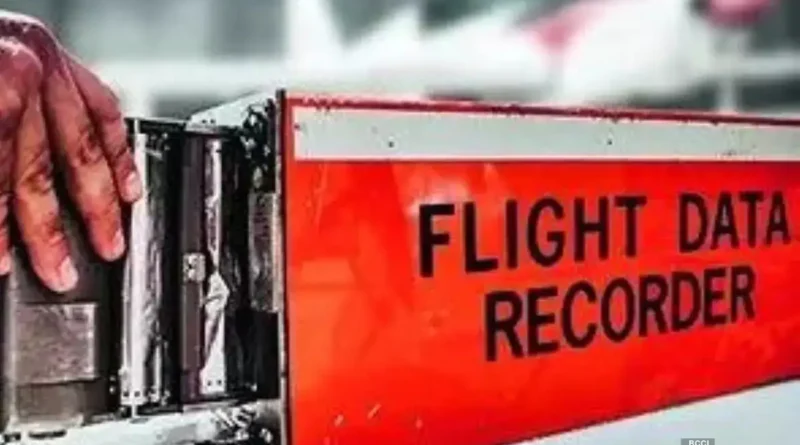AI 171 Crash: Black Box Data Accessed, Sabotage Angle Probed as India Leads Investigation
NEW DELHI, India – June 29, 2025 – In a significant breakthrough in the investigation of the tragic Air India Flight AI 171 crash, Indian authorities have successfully accessed and downloaded data from both the Cockpit Voice Recorder (CVR) and Flight Data Recorder (FDR), commonly known as “black boxes.” This critical development marks a major milestone in India’s aviation safety capabilities, as the entire decoding and analysis process is being conducted domestically for the first time.
The London-bound Air India Boeing 787 Dreamliner, carrying 242 people, crashed into a residential area minutes after takeoff from Ahmedabad on June 12, killing 241 on board and at least 29 on the ground. Only one passenger survived the horrific accident.
Black Box Data Retrieved and Under Analysis
The two black boxes – one recovered from a rooftop at the crash site on June 13 and the other from the debris on June 16 – were transported under tight security to the Aircraft Accident Investigation Bureau (AAIB) lab in New Delhi on June 24. The data extraction process began the same day, with the Crash Protection Module (CPM) from the front black box safely retrieved, and its memory module successfully accessed on June 25.
“The analysis of CVR and FDR data is underway. These efforts aim to reconstruct the sequence of events leading to the accident and identify contributing factors to enhance aviation safety and prevent future occurrences,” stated the Ministry of Civil Aviation.
The CVR data is expected to shed light on cockpit conversations, crew responses, and ambient sounds in the crucial seconds before the crash. The FDR, on the other hand, contains vital flight parameters such as altitude, airspeed, flight control inputs, and engine performance. Investigators are hopeful that initial insights into the causes of the accident could emerge within the next 7 to 10 days, with a full preliminary report anticipated within three months.
Sabotage Angle Under Investigation
Adding a new dimension to the ongoing probe, Union Minister of State for Civil Aviation, Murlidhar Mohol, confirmed that the Aircraft Accident Investigation Bureau (AAIB) is investigating the crash from “all angles,” including the possibility of sabotage. He emphasized that CCTV footage is being reviewed, and multiple agencies are collaborating on the investigation.
Minister Mohol also reiterated that the black boxes will not be sent abroad for scrutiny, asserting India’s capability to conduct the entire investigation within the country. This marks a departure from previous practices where black boxes from major crashes were often sent to international decoding centers.
International Cooperation and Domestic Capability
A multidisciplinary team led by AAIB Chief GVG Yugandhar is leading the investigation. This team includes technical members from the Indian Air Force, Hindustan Aeronautics Limited (HAL), and experts from the U.S. National Transportation Safety Board (NTSB), which is the official investigative agency of the aircraft’s country of design and manufacture. Officials from Boeing and GE are also present in New Delhi to assist with the technical process.
India, a signatory to the ICAO Chicago Convention of 1944, is conducting the investigation in full compliance with international rules and procedures. The successful decoding of the black box data domestically underscores the significant advancements in India’s aviation accident investigation infrastructure, particularly with the establishment of a state-of-the-art laboratory in New Delhi.
Fleet Inspections and Passenger Confidence
Following the June 12 crash, Indian authorities ordered deeper checks of Air India’s entire fleet of 33 Boeing 787 Dreamliners. Inspections have been completed for at least 26 aircraft, which have been cleared for service, with the remaining checks expected to conclude soon.
Despite the tragic incident, Minister Mohol assured the public of the safety of air travel, stating that people are “no longer scared and travelling comfortably.” The ongoing thorough investigation aims to provide clear answers and implement measures to prevent future occurrences, thereby enhancing aviation safety for all.

